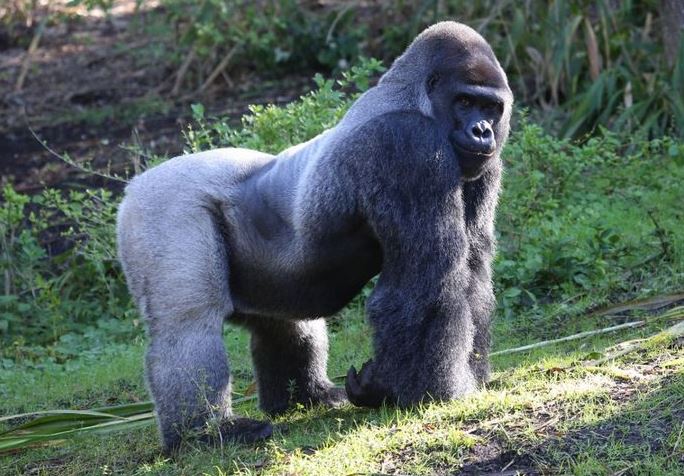Endemism is a captivating concept in ecology and biogeography that highlights the uniqueness of certain species. It refers to organisms that are native to a specific geographic area and are not found naturally anywhere else in the world. This article will explore what endemism means, why it matters, and how it impacts biodiversity and conservation efforts.
What Is Endemism?
Endemism is the ecological term used to describe species that are restricted to a particular geographic area. This can apply to plants, animals, fungi, and other organisms. For example, the giant panda is endemic to China, meaning it is found only in that country’s bamboo forests. Similarly, the lemurs of Madagascar are endemic to that island.
Types of Endemism
Endemism can be categorized into different types based on geographic scope:
- Regional Endemism: Species that are confined to a specific region or country. For instance, the California condor is endemic to parts of the western United States.
- Local Endemism: Species that are restricted to a smaller area, such as a specific mountain range or an island. The Kakapo, a flightless parrot, is endemic to New Zealand.
- Habitat Endemism: Species that are limited to a particular type of habitat within a broader region. For example, certain orchids are endemic to specific types of rainforests.
Why Is Endemism Important?
Understanding endemism is crucial for several reasons:
- Biodiversity: Endemic species contribute to the overall biodiversity of an area. They play unique roles in their ecosystems, and their presence helps maintain ecological balance.
- Conservation: Endemic species are often more vulnerable to extinction due to their restricted range. Conservation efforts need to focus on protecting their specific habitats to prevent their loss.
- Scientific Research: Endemic species offer valuable insights into evolutionary processes. Studying these organisms helps scientists understand how species adapt to their environments and how new species evolve.
- Cultural Significance: Some endemic species hold cultural or symbolic value. For example, the kiwi bird is a national symbol of New Zealand, and the Galápagos tortoises are iconic to the Galápagos Islands.

Examples of Endemic Species
Here are some notable examples of endemic species and their significance:
- Galápagos Finches: Charles Darwin’s observations of these finches on the Galápagos Islands helped develop his theory of natural selection. Each island hosts its own distinct species, illustrating evolutionary adaptation.
- Komodo Dragon: Native to a few Indonesian islands, the Komodo dragon is the world’s largest living lizard. Its unique size and behavior make it a subject of interest for evolutionary biology.
- Mountain Pine Beetle: Endemic to North America’s pine forests, this beetle plays a role in forest ecology but also poses challenges due to its impact on tree health.
- Western Lowland Gorilla: Found only in specific regions of Central Africa, this gorilla subspecies is critically endangered due to habitat loss and poaching.
Threats to Endemic Species
Endemic species face several threats that can jeopardize their survival:
- Habitat Destruction: Deforestation, urbanization, and agriculture can destroy the habitats that endemic species rely on. Without their specific environments, these species struggle to survive.
- Climate Change: Changes in climate can alter the conditions of an endemic species’ habitat, making it inhospitable. This can lead to shifts in species distributions or even extinction.
- Invasive Species: Non-native species introduced to a region can outcompete or prey on endemic species, disrupting local ecosystems and threatening native organisms.
- Human Activities: Pollution, hunting, and resource extraction can negatively impact endemic species. Conservation efforts must address these human-induced threats to protect these unique organisms.
Conservation Efforts
Protecting endemic species requires targeted conservation strategies:
- Protected Areas: Establishing and maintaining protected areas, such as national parks and reserves, helps safeguard the habitats of endemic species.
- Habitat Restoration: Restoring degraded habitats can improve conditions for endemic species and support their recovery.
- Legal Protection: Enforcing laws and regulations that protect endangered species and their habitats is crucial for conservation.
- Research and Monitoring: Ongoing research and monitoring help track the health of endemic species and their habitats, informing conservation actions.
- Community Involvement: Engaging local communities in conservation efforts can foster stewardship and support for protecting endemic species.
How to Support Endemic Species
You can contribute to the conservation of endemic species through various actions:
- Support Conservation Organizations: Donate to or volunteer with organizations that work to protect endangered species and their habitats.
- Raise Awareness: Educate others about the importance of endemic species and the threats they face. Advocacy and public awareness can drive conservation efforts.
- Adopt Sustainable Practices: Reduce your environmental impact by supporting sustainable practices and products that do not harm natural habitats.
- Participate in Citizen Science: Get involved in citizen science projects that monitor and support local wildlife and ecosystems.
Endemism highlights the incredible diversity of life on Earth and the importance of protecting species that are found nowhere else. By understanding and supporting the conservation of endemic species, we contribute to the preservation of biodiversity and the health of our planet’s ecosystems. Whether through direct action, advocacy, or simply raising awareness, everyone can play a role in safeguarding these unique and valuable organisms for future generations.
